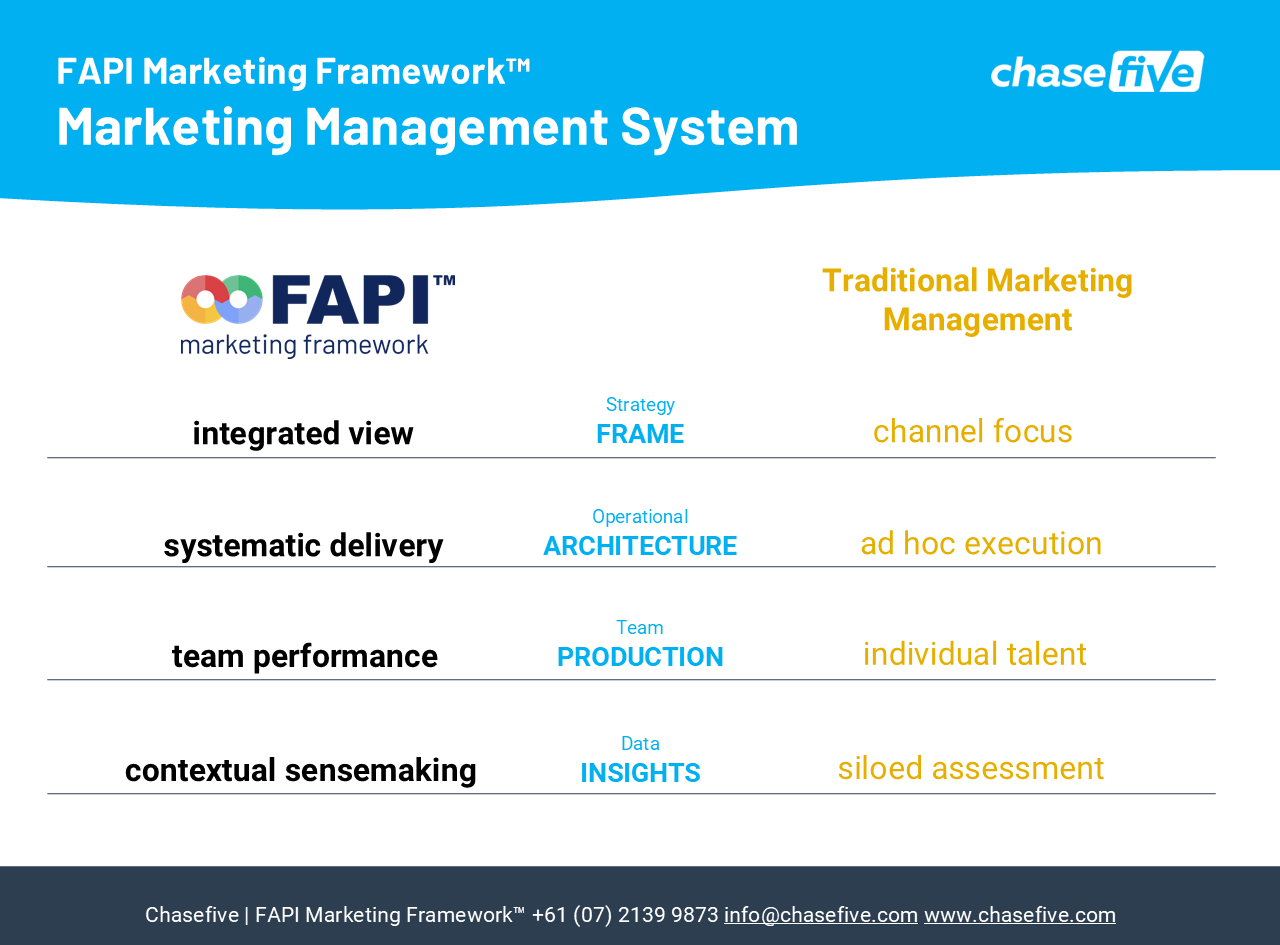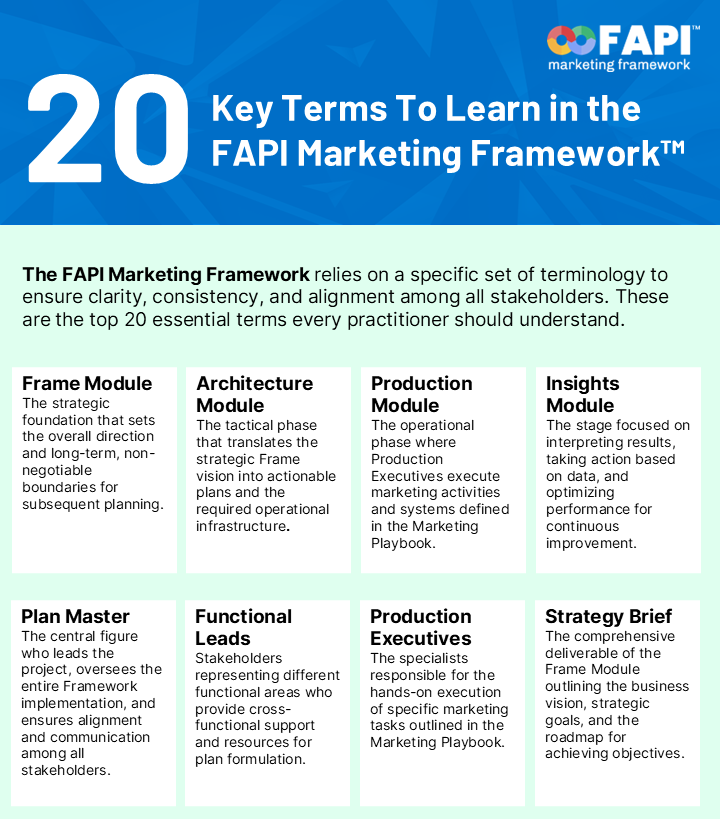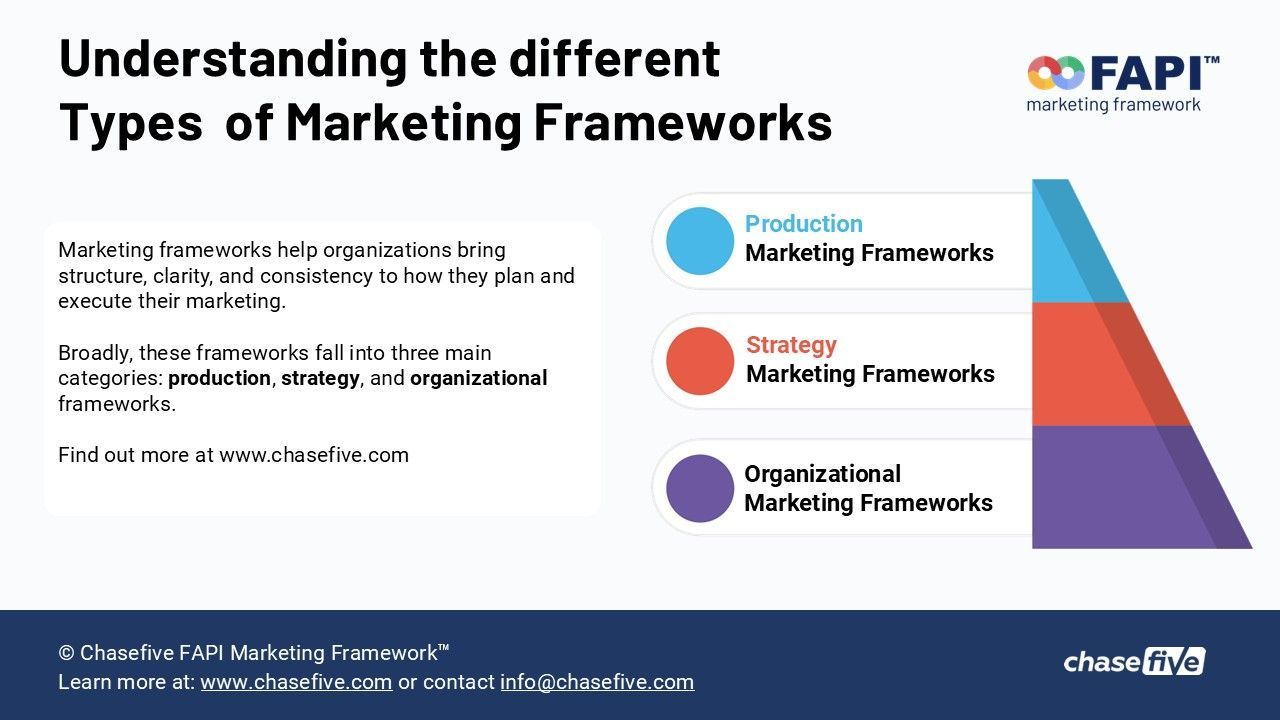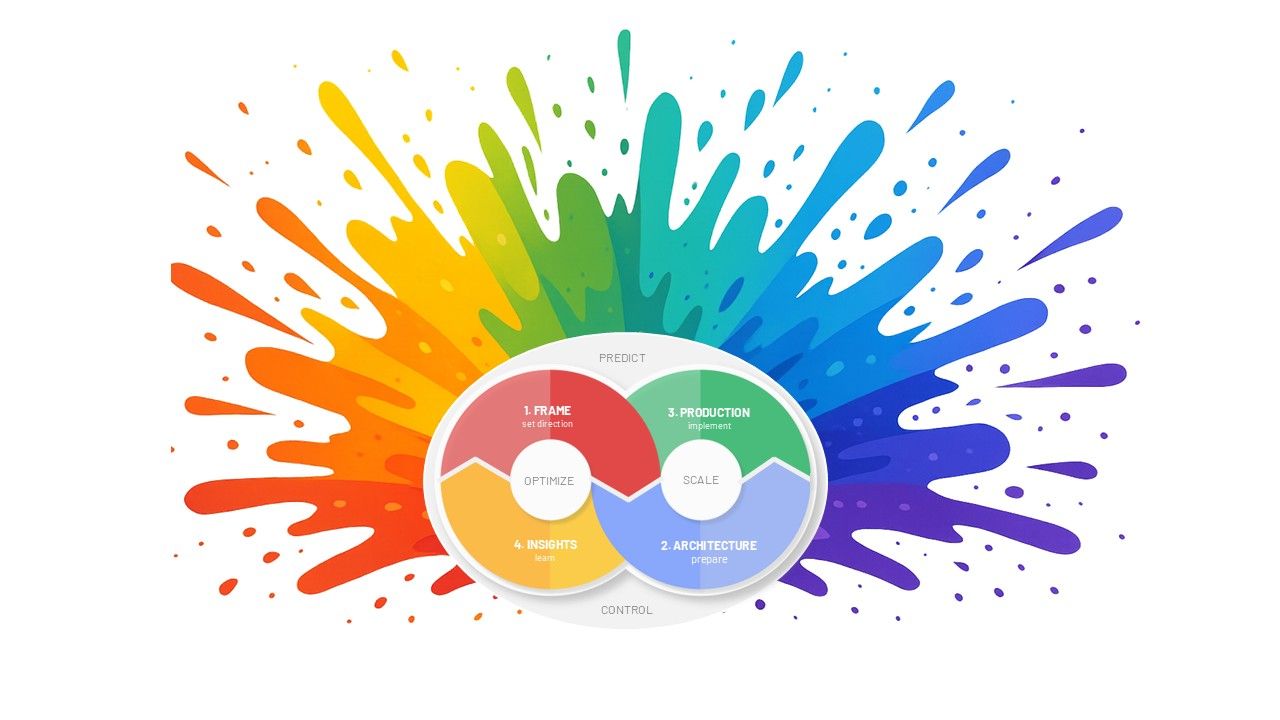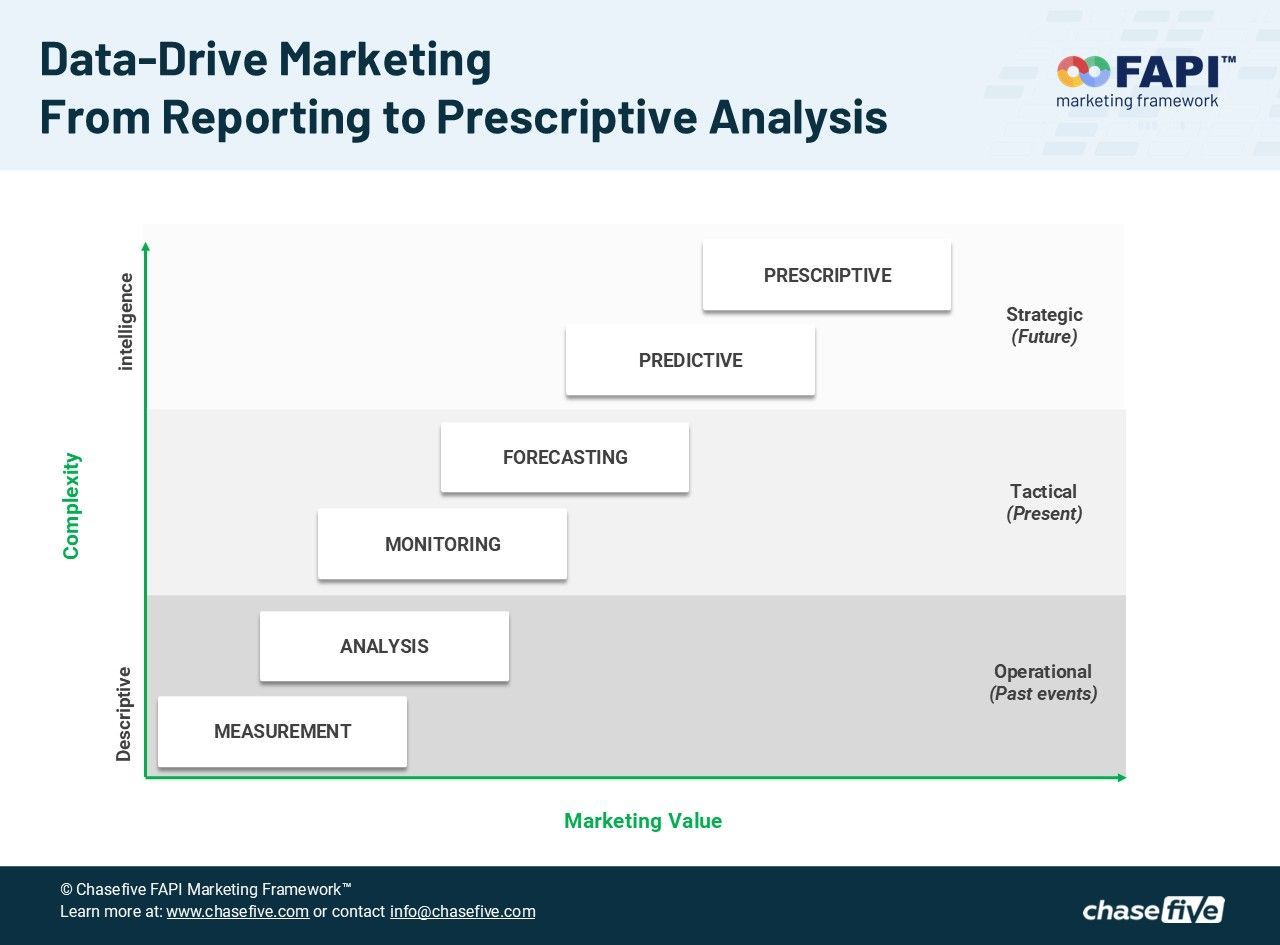Understanding the Marketing KPI Divide: Why Production-Level Metrics Don’t Translate for Business Leaders
The modern marketing landscape is rich with data. Teams can track campaign clicks, bounce rates, and email opens with precision; yet business leaders still question whether marketing truly drives growth.
This disconnect often stems from a gap between production-level KPIs, granular measures used by marketing teams, and business leadership metrics, which focus on strategy, commercial outcomes, and long-term impact.
The Leadership Challenge: Relevancy in Marketing KPIs
Problems arise when senior leadership misinterprets or undervalues marketing KPIs. Executives often want to see how marketing contributes to strategic goals, but when presented with overly granular metrics, they disengage.
Misalignment of Metric Relevance
- Leadership Focus: The C-suite prioritizes impact metrics such as customer lifetime value, market share growth, or marketing ROI.
- Marketer Focus: Teams look at tactical measures like CPC, bounce rates, and engagement.
The Result: When operational data is given to executives expecting strategic insight, clarity is lost. CPC means little to a CFO concerned with revenue growth.
Lack of Trust and Strategic Disconnect
- Mistrust at the Top: Studies show that nearly 80% of CEOs lack trust in their marketing departments. Much of this distrust comes from poor alignment in metrics.
- Structural Failures: If strategic goals are not translated into meaningful KPIs, marketing execution becomes scattered.
- Resource Misallocation: Marketers waste an average of 26% of budgets on ineffective channels when metrics fail to reflect business priorities.
The FAPI Marketing Framework stresses tailored reporting, ensuring that each stakeholder, whether CEO, manager, or executive, receives metrics aligned with their role and level of decision-making.
Management vs. Production Metrics: A Dual-Lane View
To clarify this divide, the FAPI Framework illustrates how management-level metrics differ from production-level metrics and why both are essential.
Understanding the KPIs dual Lane
The management lane ensures that marketing strategy is aligned with business impact, while the production lane ensures that marketing activities are executed efficiently. Together, they form a dual-lane system where strategy and execution support each other.
Closing the Gap
When production metrics are elevated without context, leadership loses sight of marketing’s contribution to growth. Conversely, when leadership ignores operational realities, strategic goals cannot be executed effectively. The FAPI Marketing Framework bridges this divide by:
- Clarifying which metrics matter at which level.
- Establishing clear accountability through role-based KPIs.
- Tailoring reporting so stakeholders see insights relevant to their decision-making.
By aligning productivity measures with strategic impact metrics, marketing teams not only prove their value but also strengthen trust with leadership, ensuring that marketing is both operationally efficient and strategically indispensable.
Learn more at the FAPI Marketing Framework Academy

